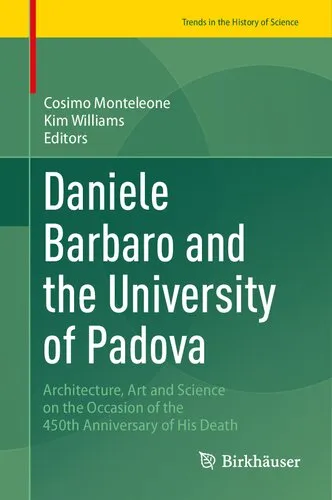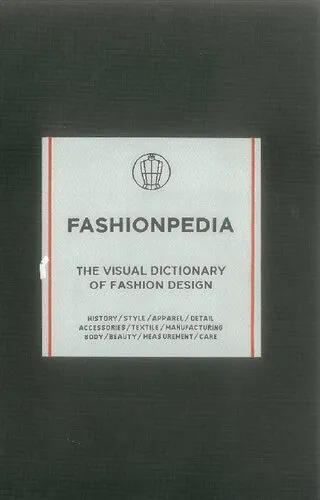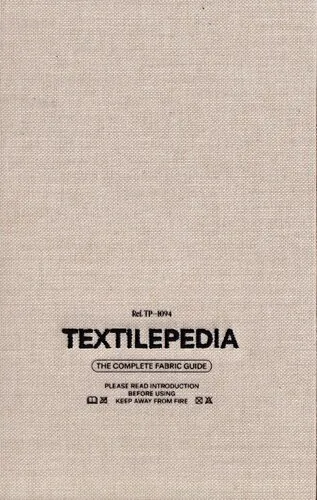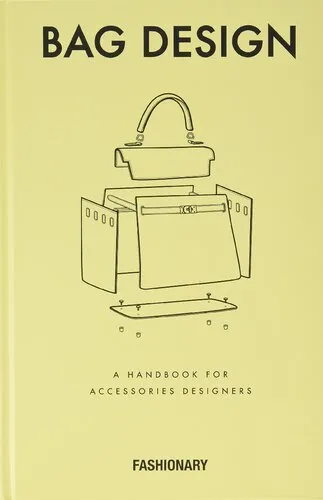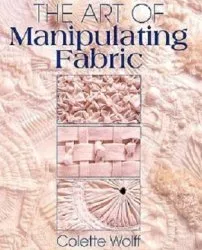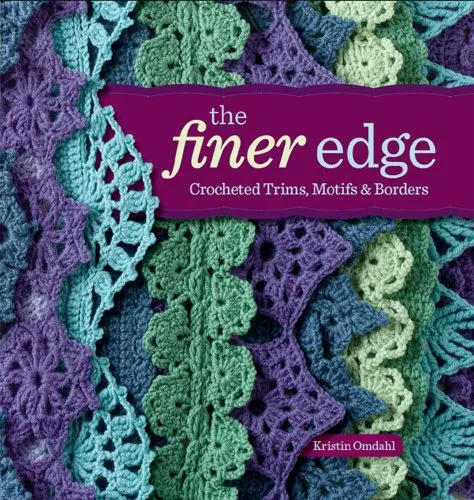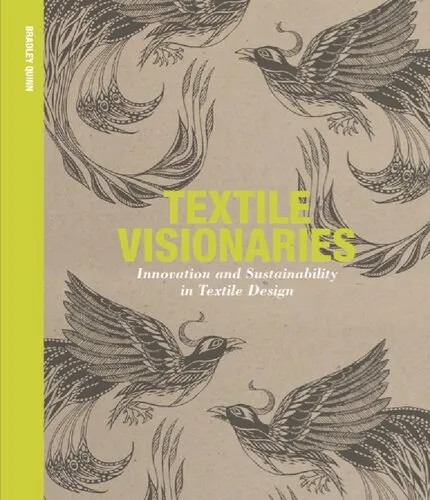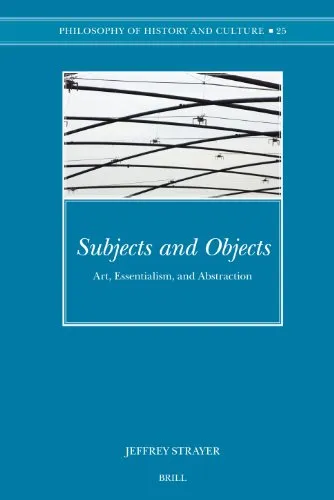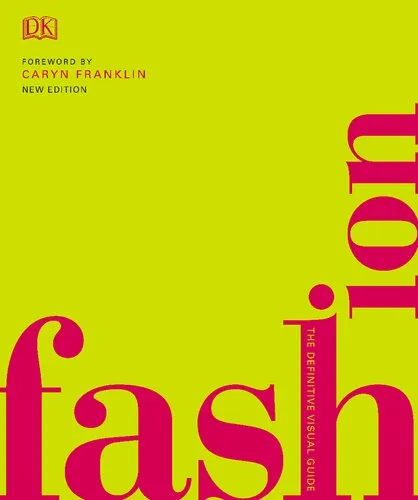Daniele Barbaro and the University of Padova: Architecture, Art and Science on the Occasion of the 450th Anniversary of His Death
4.5
Reviews from our users

You Can Ask your questions from this book's AI after Login
Each download or ask from book AI costs 2 points. To earn more free points, please visit the Points Guide Page and complete some valuable actions.Related Refrences:
Introduction to "Daniele Barbaro and the University of Padova: Architecture, Art and Science on the Occasion of the 450th Anniversary of His Death"
Daniele Barbaro (1514–1570), a pivotal figure of the Italian Renaissance, remains a towering intellect whose contributions to art, architecture, and science continue to resonate centuries after his passing. To honor the 450th anniversary of his death, this book, "Daniele Barbaro and the University of Padova: Architecture, Art and Science,” delves deeply into the life, work, and enduring legacy of Barbaro with a focus on his profound ties to the iconic University of Padova. Through meticulous research and analysis, it showcases the extraordinary confluence of knowledge, innovation, and humanistic inquiry that defined both Barbaro and his era.
The Renaissance was a time of remarkable intellectual flourishing, and figures like Barbaro epitomized the integration of diverse disciplines at a time when the boundaries between science, art, and architecture were fluid. The book explores how this polymath was not only instrumental in advancing the architectural treatises of Vitruvius but also collaborated with celebrated contemporaries like Andrea Palladio. Additionally, it examines how his deep inquisitiveness enabled him to shape discourses around scientific discovery, artistic techniques, and the governing philosophies of humanist education. The University of Padova, one of Europe’s oldest and most prestigious educational institutions, sits at the heart of this cultural and intellectual narrative.
Richly contextualized within the Renaissance milieu, this book examines Barbaro’s achievements through academic, architectural, and cultural lenses, appealing to readers interested in history, art, and the enduring legacy of cross-disciplinary thought.
Summary of the Book
This book is divided into strategic sections that trace Daniele Barbaro's life, intellectual pursuits, and cultural influence.
The opening sections shed light on Barbaro's early education and his formative years at the University of Padova. These chapters vividly portray the intellectual climate of Padova during the Renaissance, where scientific discovery merged seamlessly with humanistic studies. Barbaro, with his sharp intellect and aristocratic background, became a vital figure in this environment.
Subsequent chapters delve into Barbaro's groundbreaking work on translating and interpreting Vitruvius's De Architectura, a seminal architectural treatise. The text gave Renaissance architects, including Andrea Palladio, a blueprint for designing idealized classical structures. Palladio’s collaboration with Barbaro is explored in depth, showcasing how their partnership bridged theoretical knowledge and architectural ingenuity.
Another important focus of the book is Barbaro’s contributions to optics and scientific inquiry. It explores his engagement with cutting-edge Renaissance science and technology, illustrating his role in translating complex ideas into accessible and applicable knowledge. His interest in natural sciences and his experiments with perspective are discussed in relation to their influence on art and architecture.
Finally, the book evaluates the broader impacts of Barbaro’s intellectual achievements. It highlights how his fusion of disciplines set an enduring standard for interdisciplinary pursuits and solidified the University of Padova’s reputation as a hub for innovation and scholarly excellence.
Key Takeaways
- Daniele Barbaro exemplified the Renaissance ideal of a polymath, bridging the realms of art, architecture, and science.
- Collaboration with Andrea Palladio resulted in architectural innovations that continue to influence modern design principles.
- Barbaro’s translation and commentary on Vitruvius’s De Architectura made classical architecture accessible to Renaissance audiences.
- His scientific explorations, especially in optics and perspective, catalyzed advancements in Renaissance art and visualization techniques.
- The University of Padova played a critical role in nurturing Barbaro’s intellectual vitality and remains a symbol of his legacy.
Famous Quotes from the Book
"Barbaro’s intellectual legacy serves as a timeless reminder that art, science, and architecture are not separate domains but expressions of a unified human quest for meaning and beauty."
"In Bridging the theoretical and the practical, Daniele Barbaro redefined the boundaries of the possible during the Renaissance."
"Through the virtuous lens of Vitruvian principles, Barbaro gifted the Renaissance a language for constructing both buildings and ideas."
Why This Book Matters
The significance of "Daniele Barbaro and the University of Padova” lies in its ability to highlight the enduring importance of interdisciplinary thought. At a time when specialized knowledge often dominates, Barbaro’s Renaissance approach to synthesizing art, science, and architectural theory provides a blueprint for integrating diverse fields of study in pursuit of holistic understanding.
Moreover, the book underscores the pivotal role of educational institutions such as the University of Padova in fostering intellectual growth and collaboration. Barbaro stands as a model for scholars and practitioners alike—his legacy encourages modern thinkers to explore the intersections between their respective disciplines and to embrace curiosity as the driver of discovery and innovation.
Free Direct Download
You Can Download this book after Login
Accessing books through legal platforms and public libraries not only supports the rights of authors and publishers but also contributes to the sustainability of reading culture. Before downloading, please take a moment to consider these options.
Find this book on other platforms:
WorldCat helps you find books in libraries worldwide.
See ratings, reviews, and discussions on Goodreads.
Find and buy rare or used books on AbeBooks.
1255
بازدید4.5
امتیاز0
نظر98%
رضایتReviews:
4.5
Based on 0 users review
Questions & Answers
Ask questions about this book or help others by answering
No questions yet. Be the first to ask!
